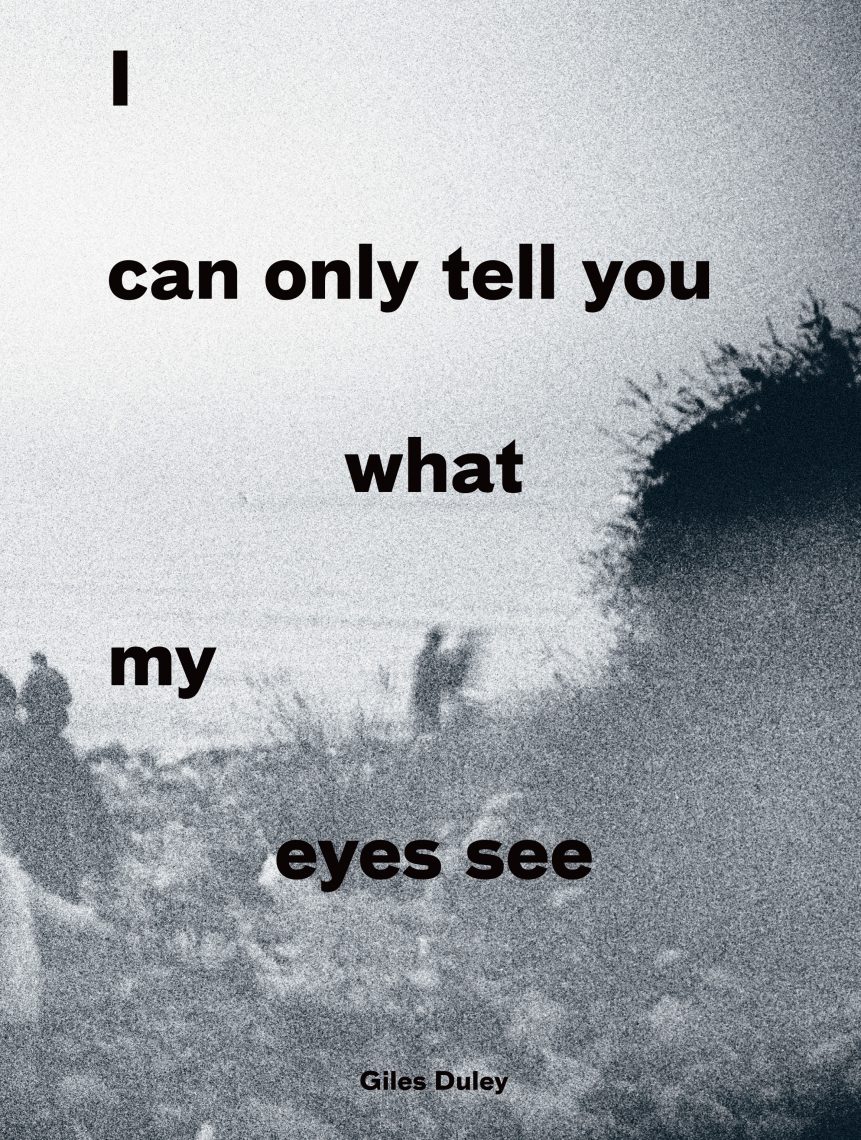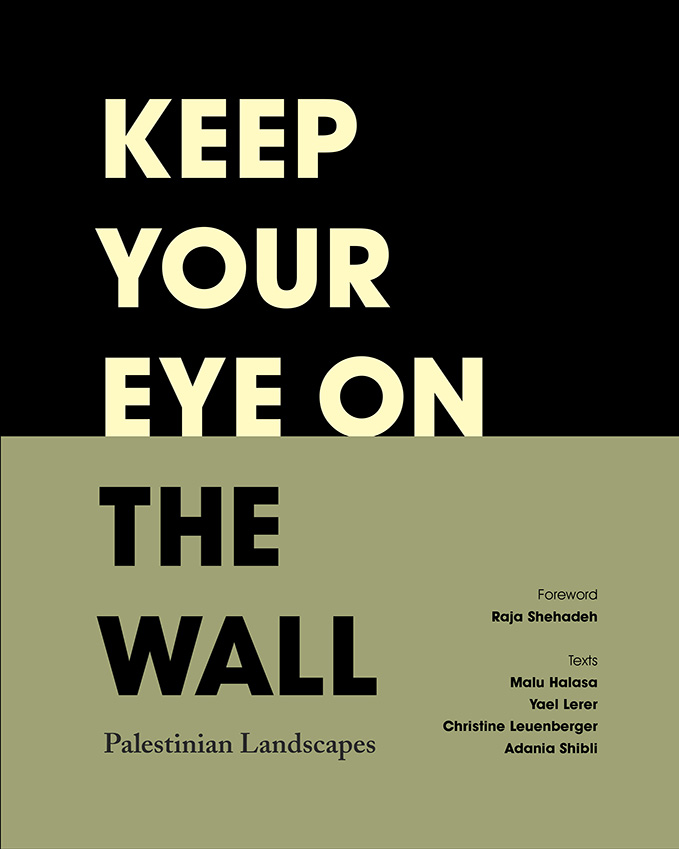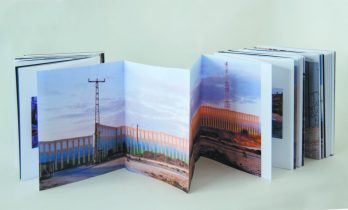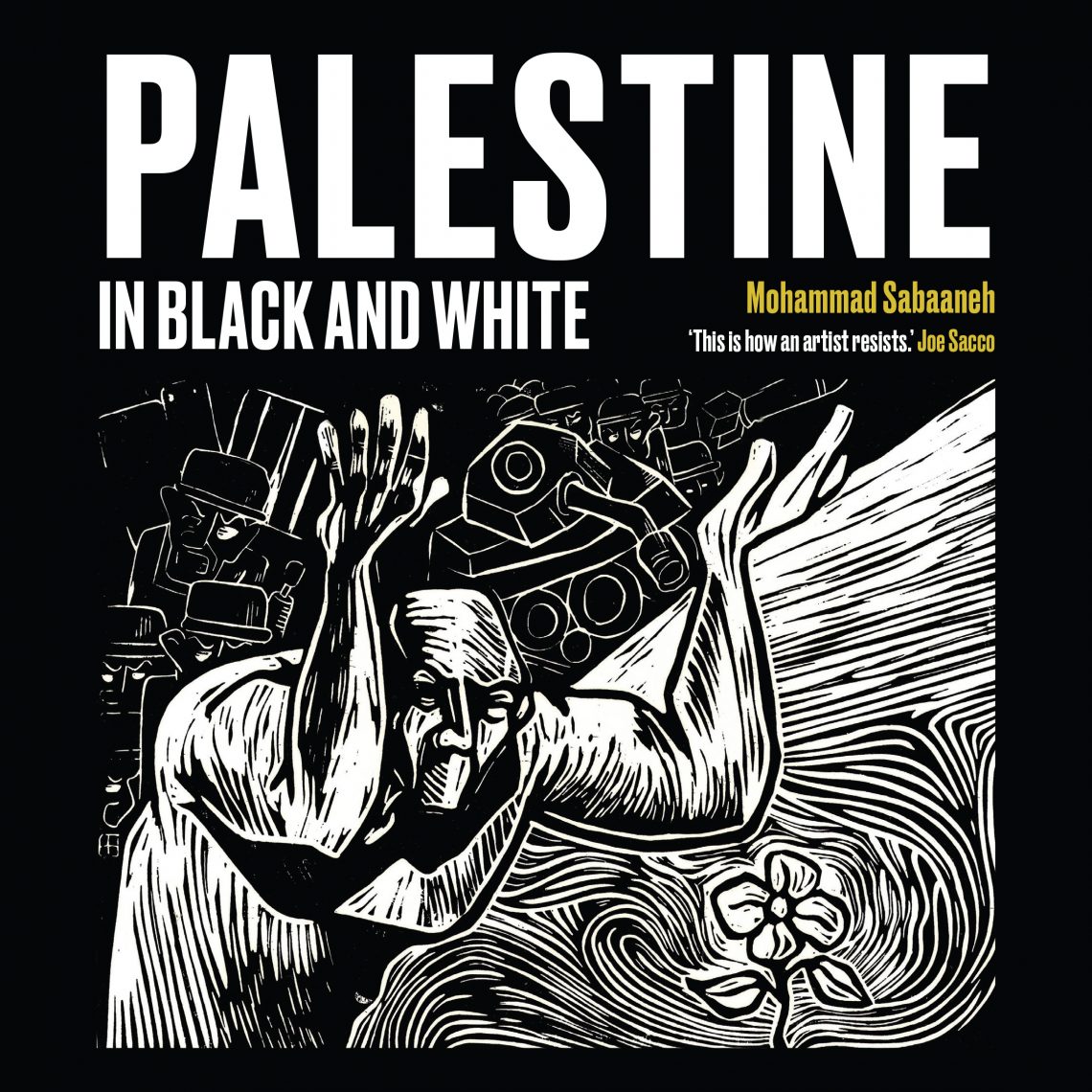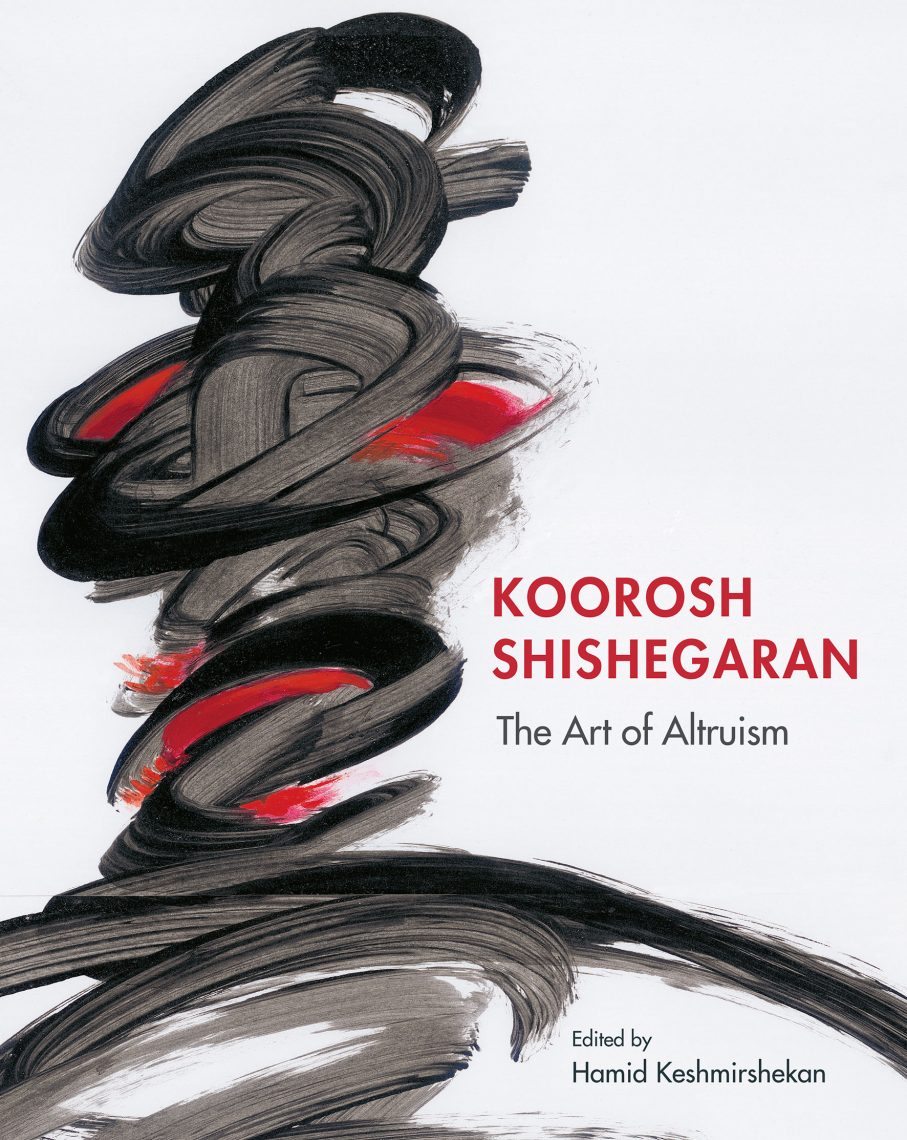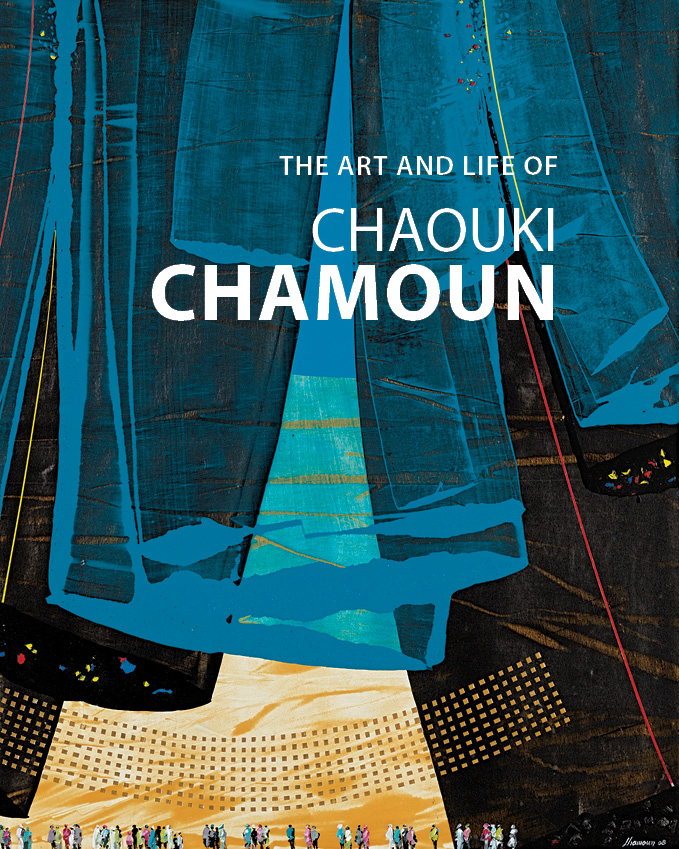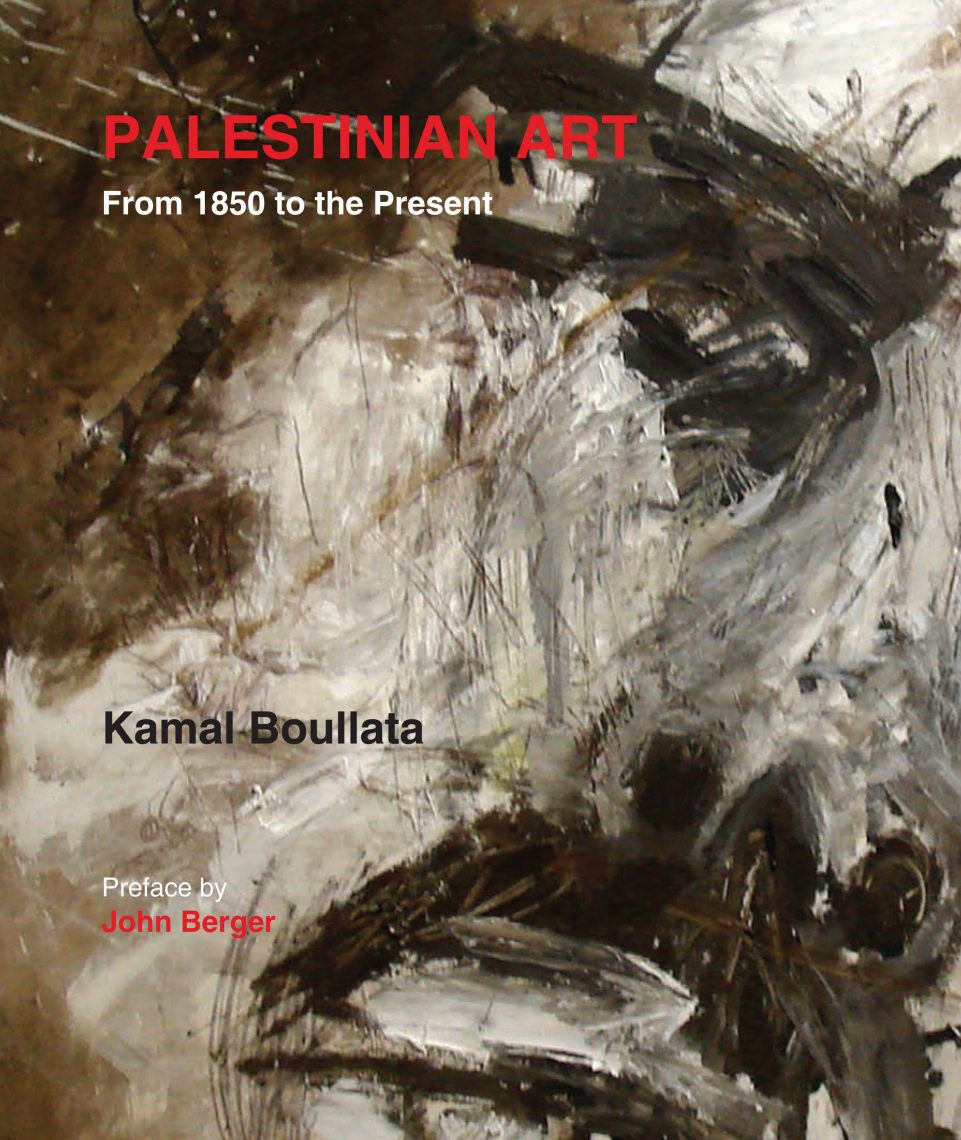
£25.00
Out of stock
About the Book
Kamal Boullata offers the first insider’s study of Palestinian art. The only authoritative account in English yet published, this scholarly analysis presents insights into the development of Palestinian art before and after the cataclysmic events of 1948 during which Palestinian society was uprooted and dispersed.
Palestinian Art includes the pioneering work of those who ventured into easel painting before 1948, of refugees who made their debut in the Arab world and whose art left its deep imprint on the development of modern Arab art, and more recent work by artists making inroads into the international art scene.
Boullata also discusses the work of artists who continued to live in their homeland. Representations of home and exile, the ongoing struggle between innovation and tradition, the relationship between verbal and visual expression and the role of women artists in Palestinian modernism are key areas of focus in this work.
The book covers artists using conventional studio techniques such as painting, sculpture and mixed media, as well as younger artists employing tools such as video, photography and installation.
With a preface by John Berger, and over 200 colour and black and white illustrations this compendium is essential for the expert and enlightening for the general reader.
About the Author
Kamal Boullata was a Palestinian painter and writer. Public collections holding his art include the British Museum, London, the Institut du Monde Arabe, Paris and the New York Public Library. His writings on Arab and Palestinian art have appeared in exhibition catalogues, anthologies and periodicals including the Journal of Palestine Studies and the Encyclopedia of the Palestinians. He is the author of Palestinian Art: From 1850 to Present, Recovery of Place: A Study of Contemporary Palestinian Art (in Arabic) and the editor of Belonging and Globalisation: Critical Essays on Contemporary Art and Culture.
Reviews
'It is rare and exciting to find an art book full of persuasive, urgent visual imagery whose language and strategies are ultimately unfamiliar to the complacent western eye.' Guardian
‘Weaving intimate reference and archival research with scholarly analysis, Palestinian Art offers the reader an unprecedented depth of insight into the political context and aesthetic concerns of Palestinian art throughout its troubled history.’ Jean Fisher, author of Vampire in the Text: Narratives of Contemporary Art
‘A marvellous portmanteau of a book ... Written from deep knowledge and empathetic insight, Kamal Boullata’s gravely elegant essays are indispensable.’ Mel Gooding, editor of Painter as Critic – Patrick Heron: Selected Writings
‘The first comprehensive history of modern and contemporary Palestinian art.’ Catherine David, Conservateur des Musées Nationaux, Paris
‘Boullata’s historical writings and art criticism in Arabic, English and French have become the standard by which all other writings on Palestinian art are measured.’ Joseph Massad, Art Journal
‘An extensive scholarly exposé of the development of Palestinian art in the context of more than a century and a half of historical and political transformations in the area… Palestinian Art is a treasure trove of informative texts and aesthetic encounters…one that might provide a beginning and a framework for further study and research in the field. It is hoped that a sequel to this publication will soon follow documenting recent manifestations of Palestinian art, as it asserts itself both in Palestine and in the international art scene of the twenty-first century.’ Wasafiri
